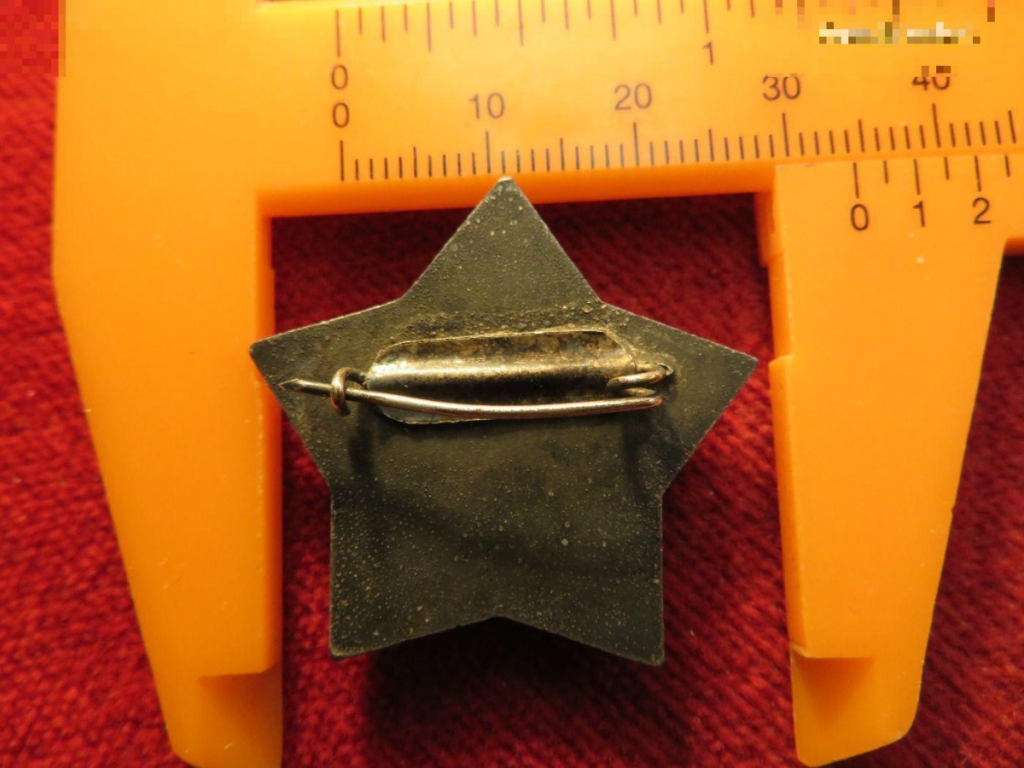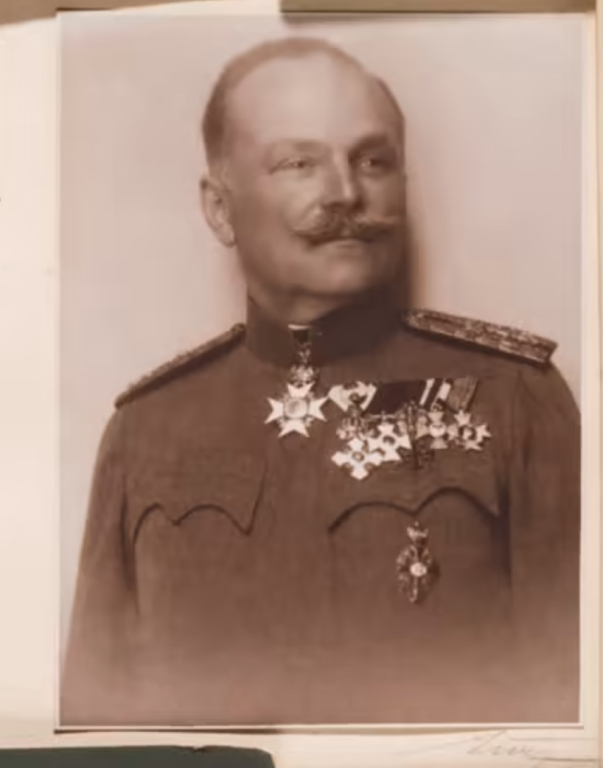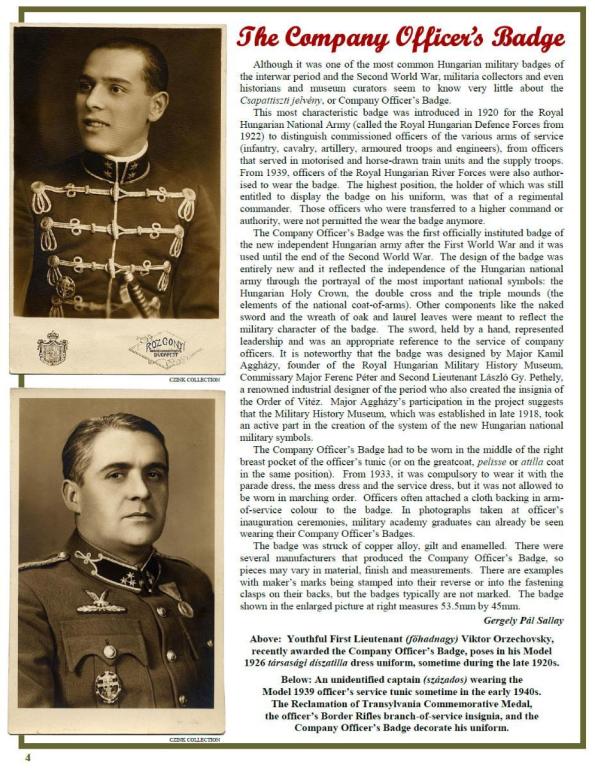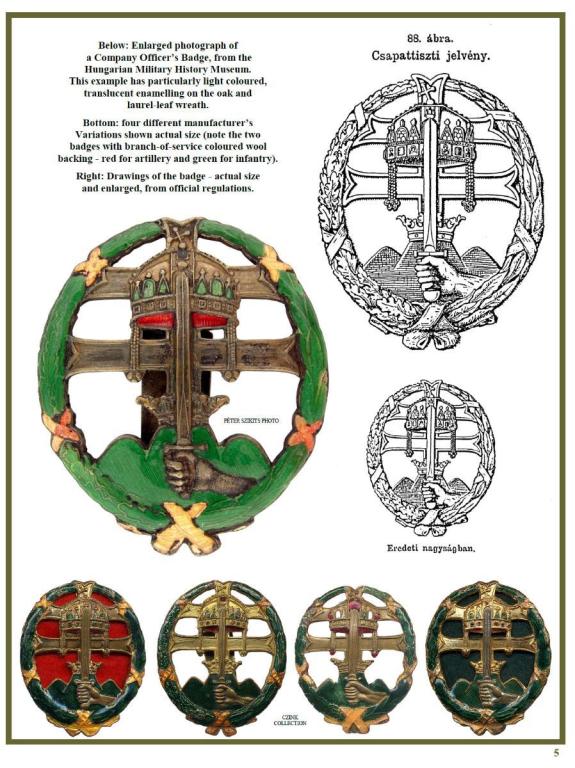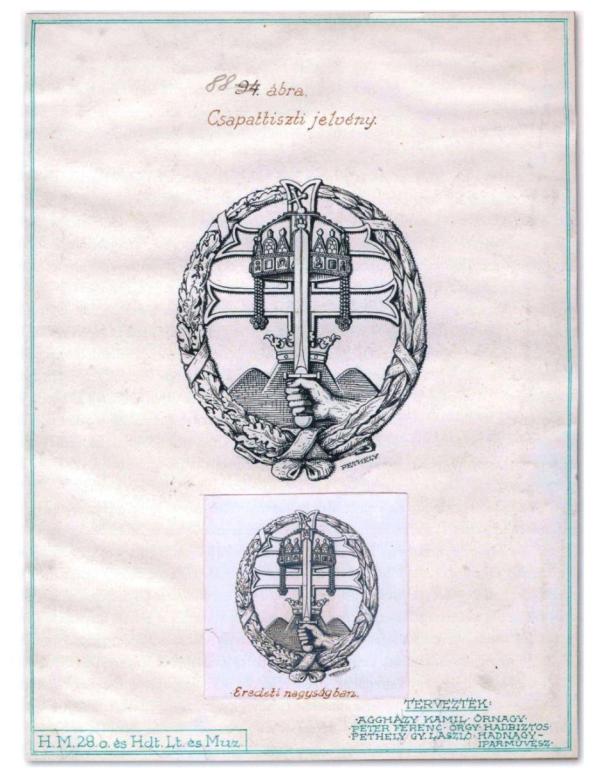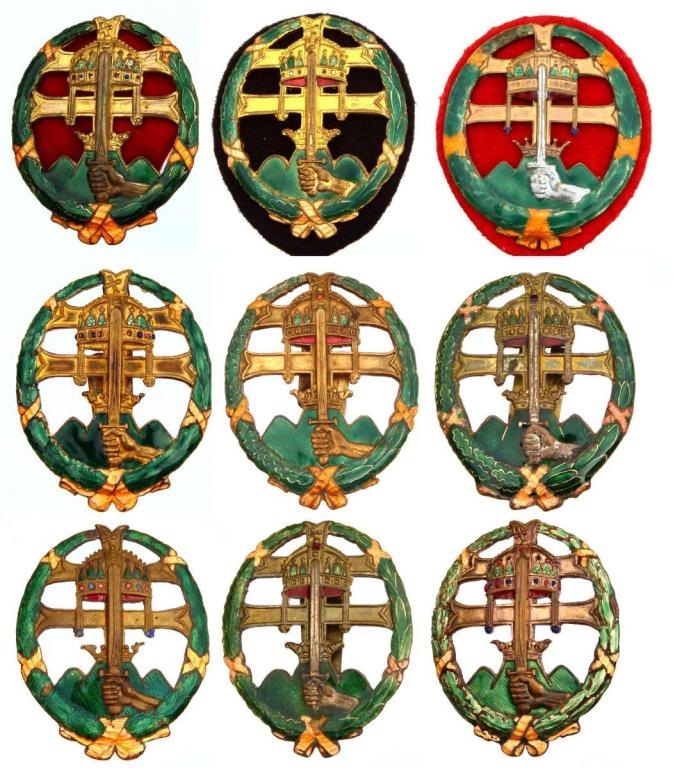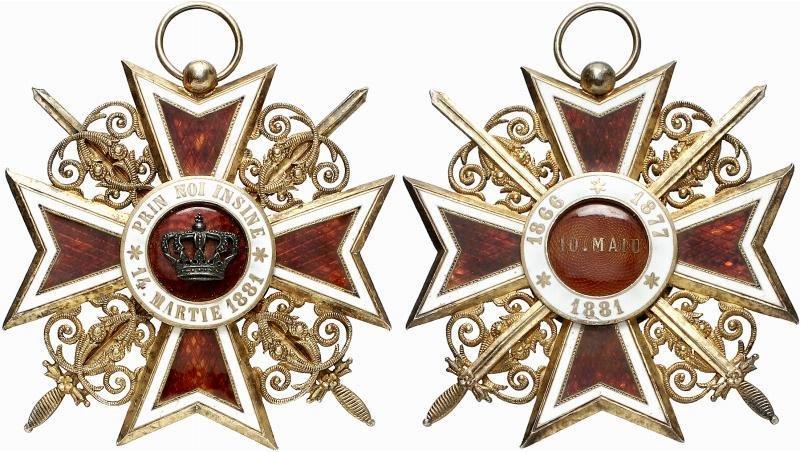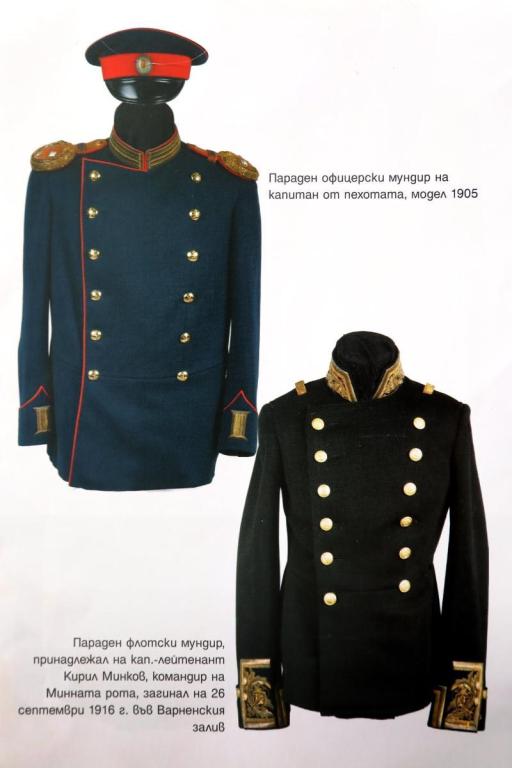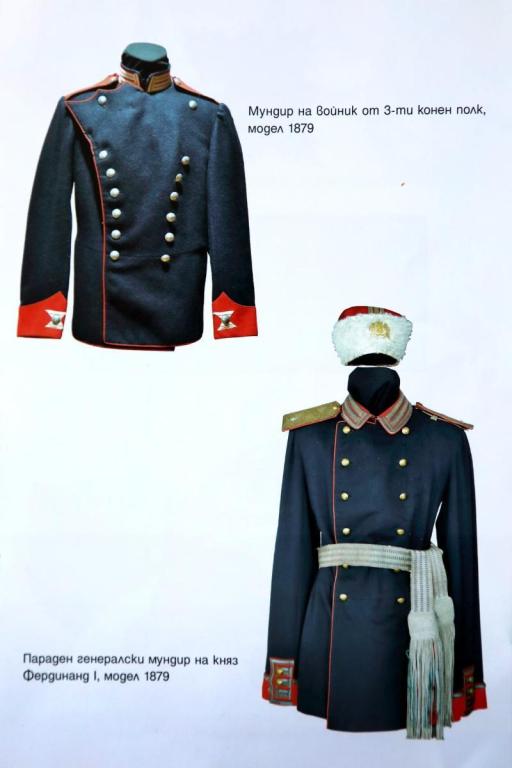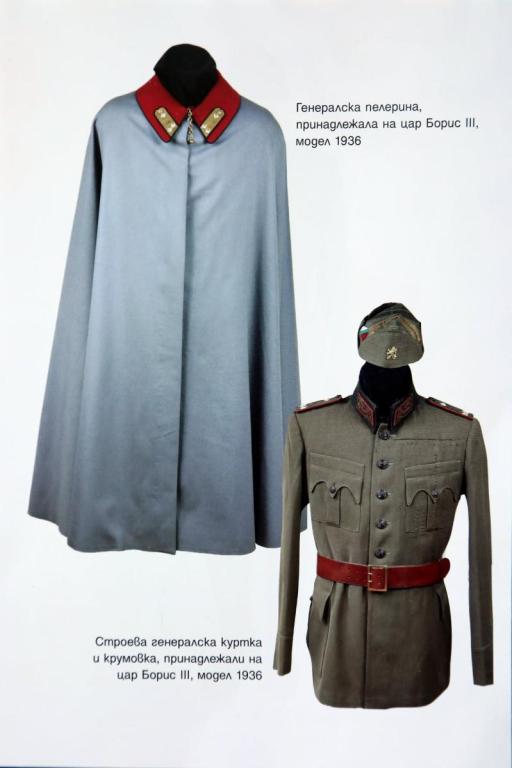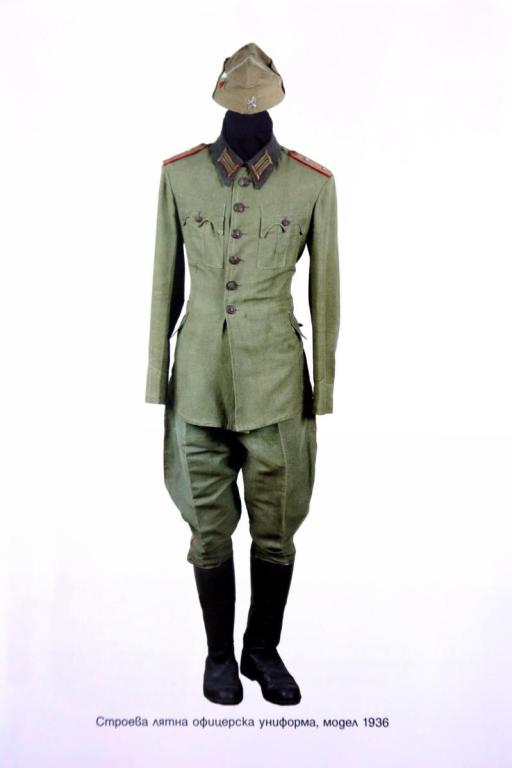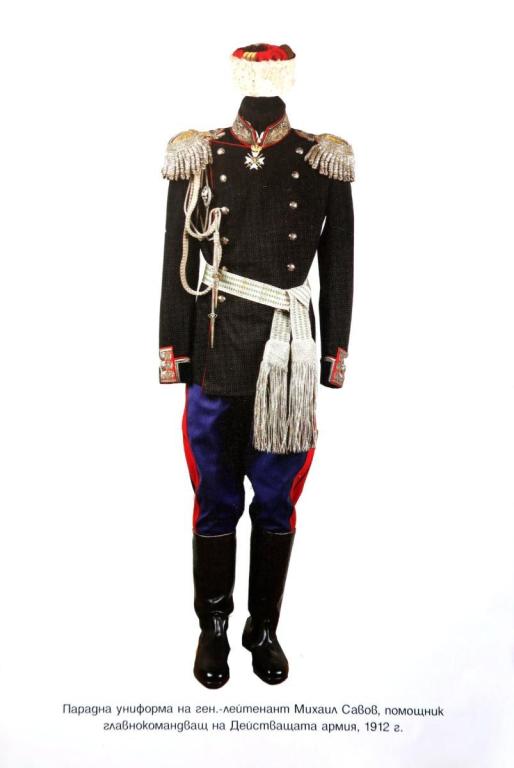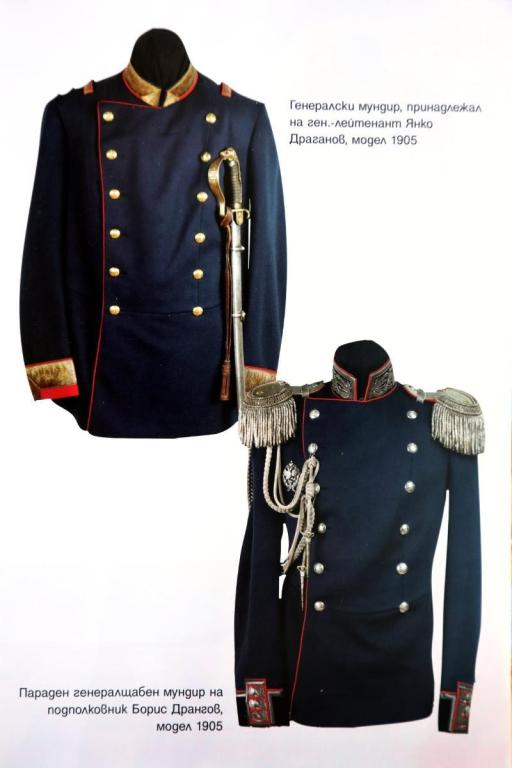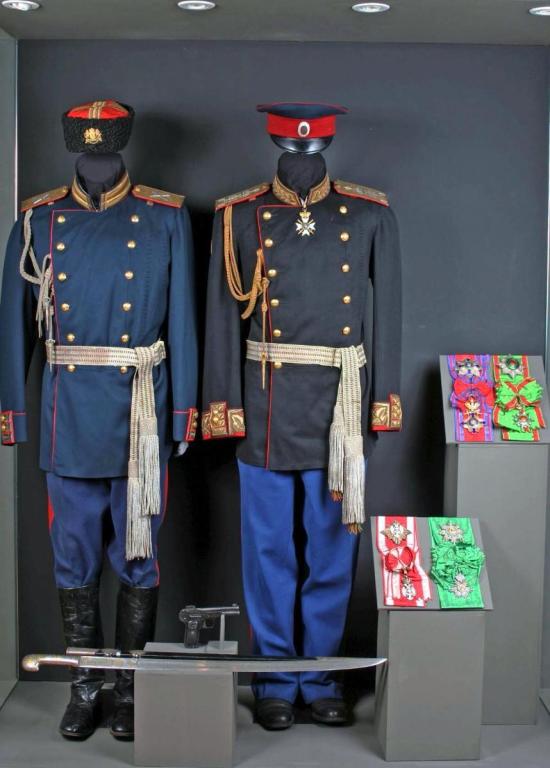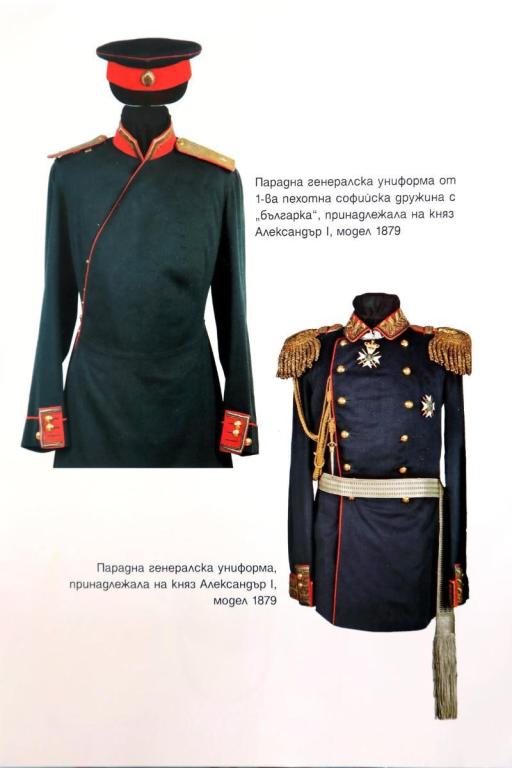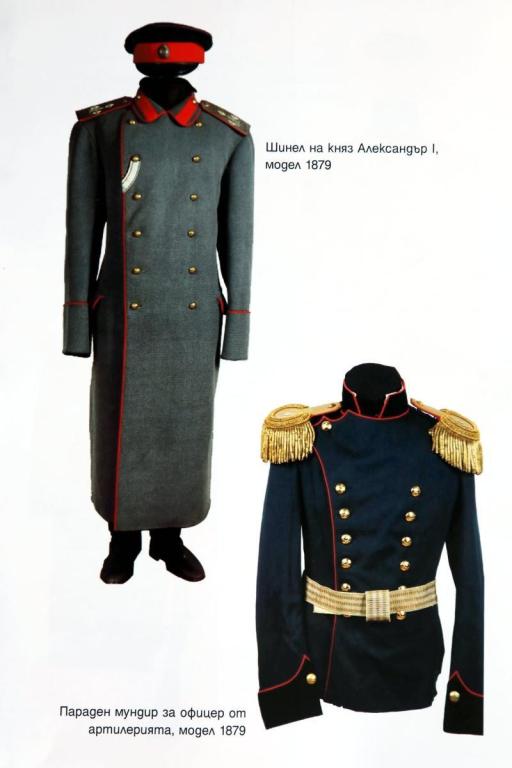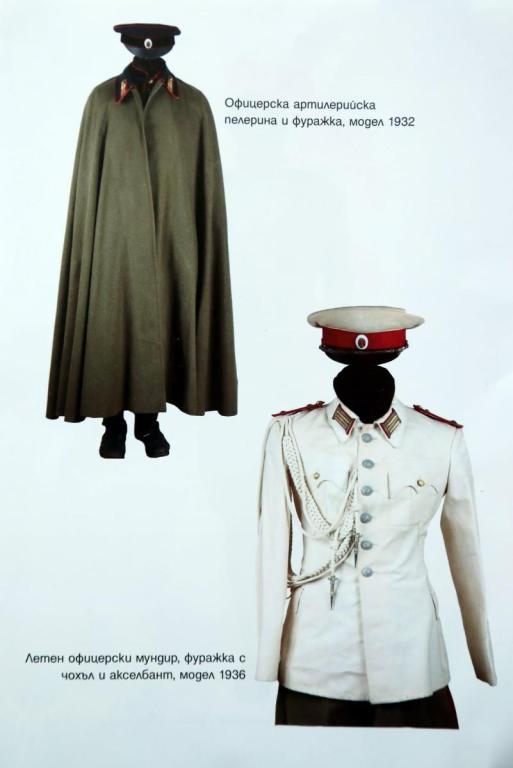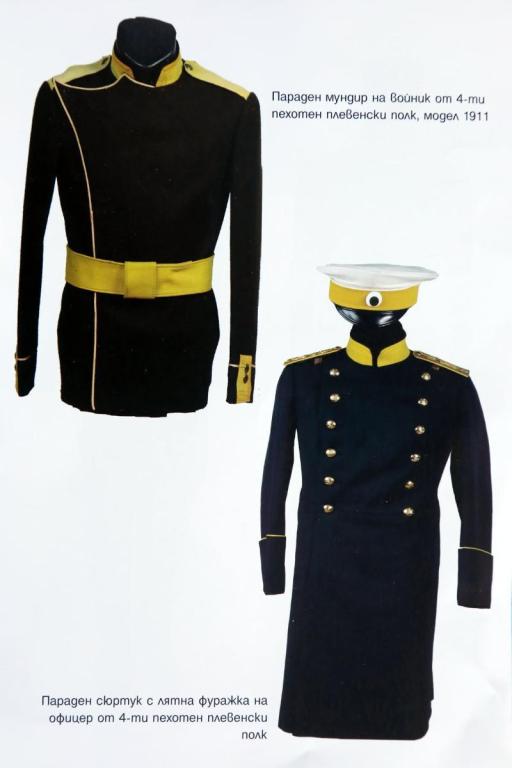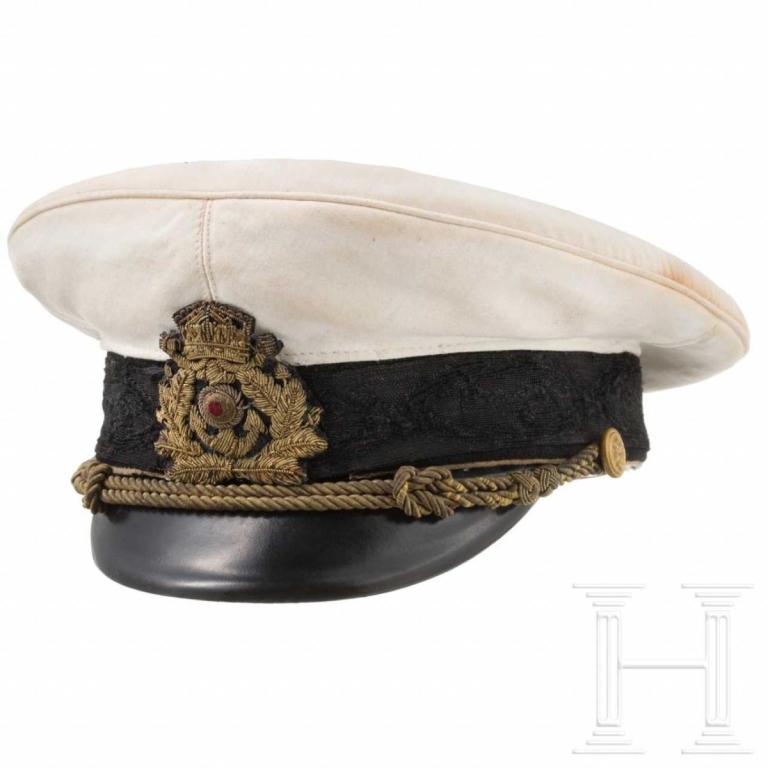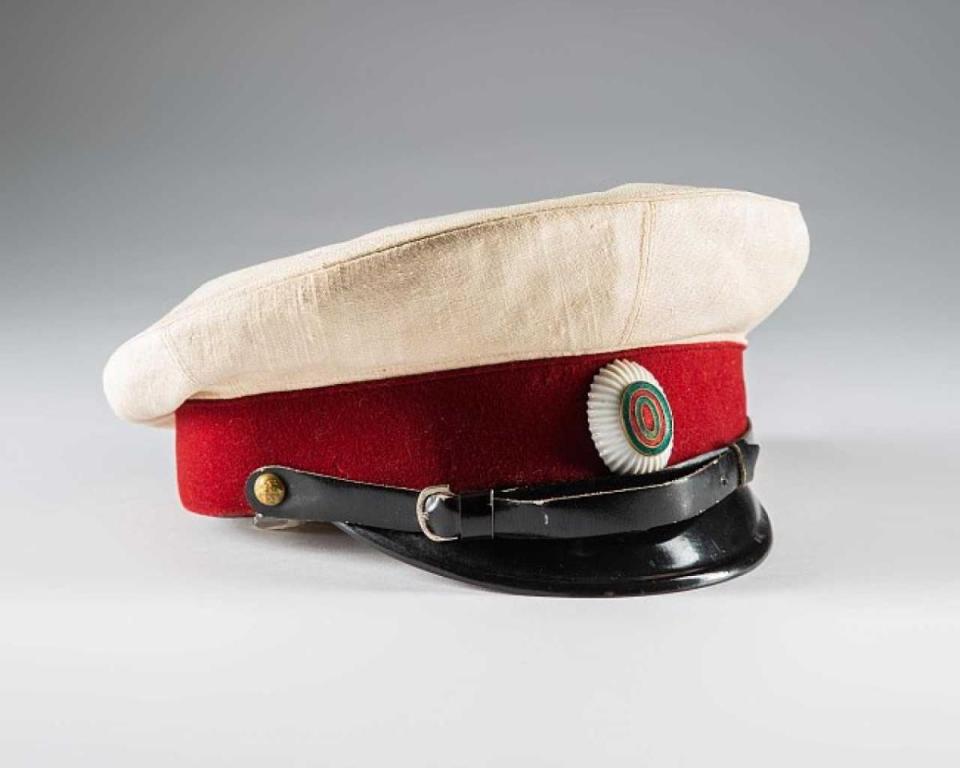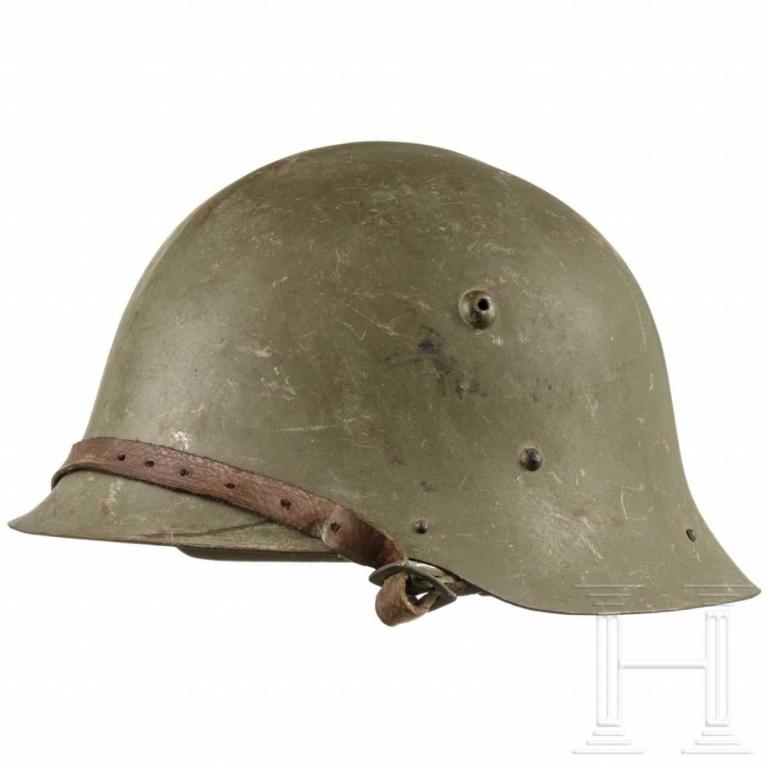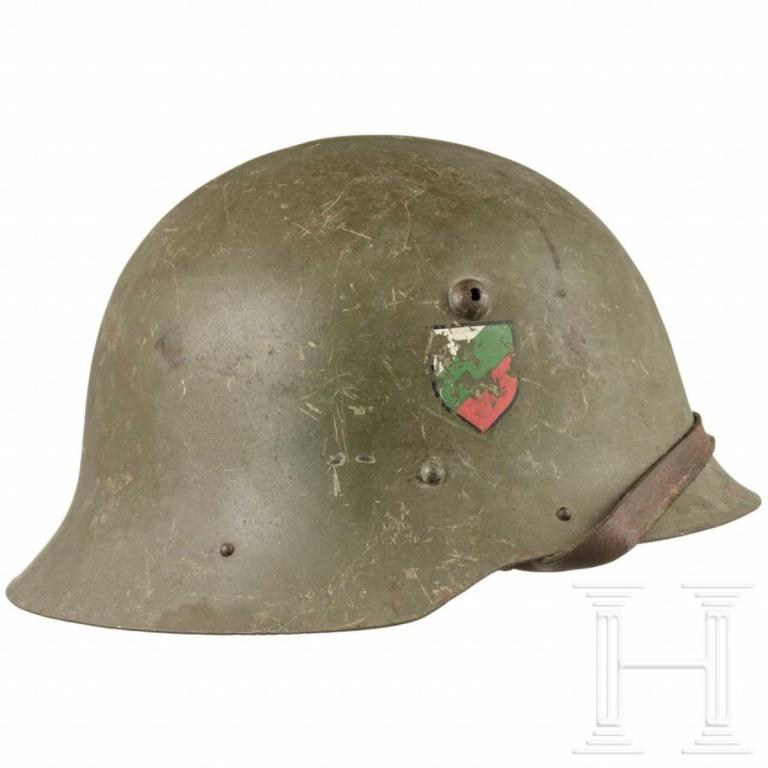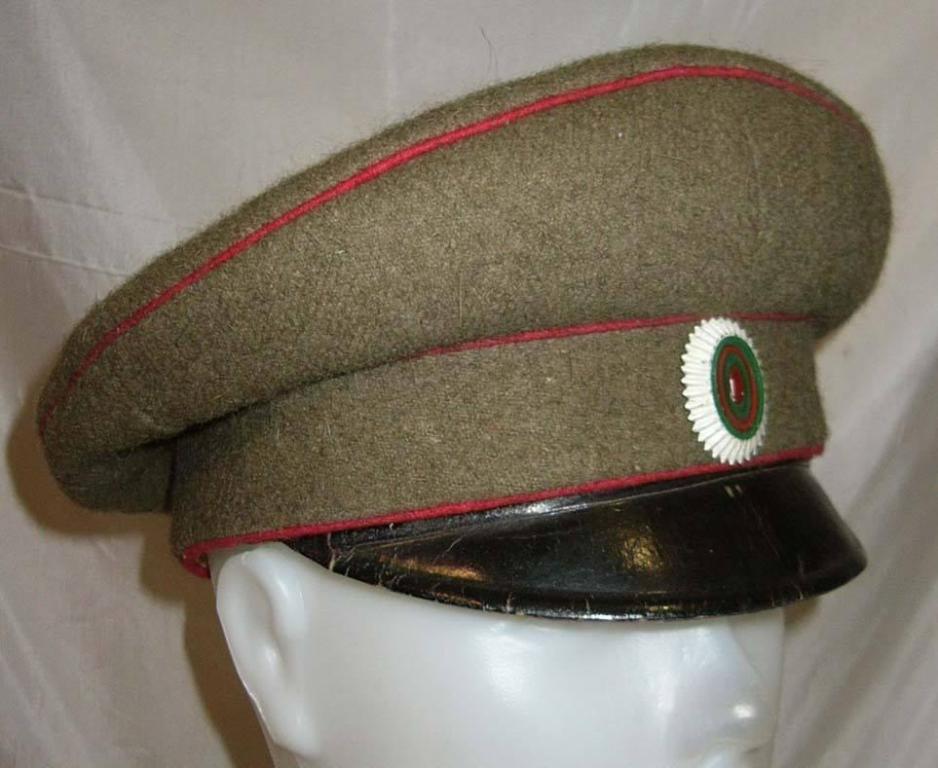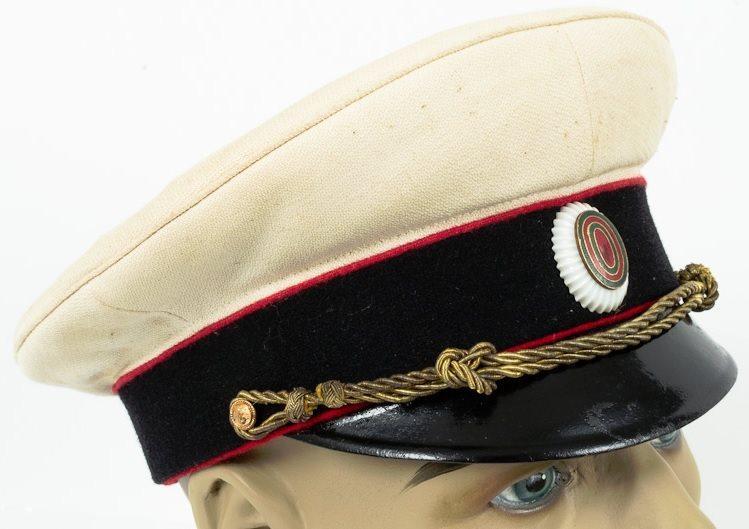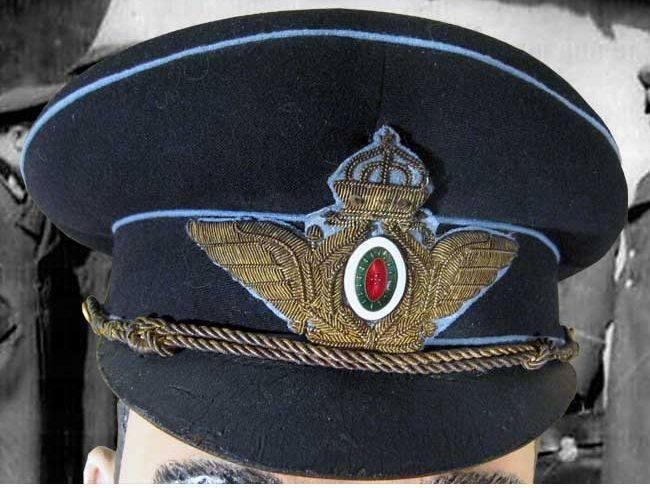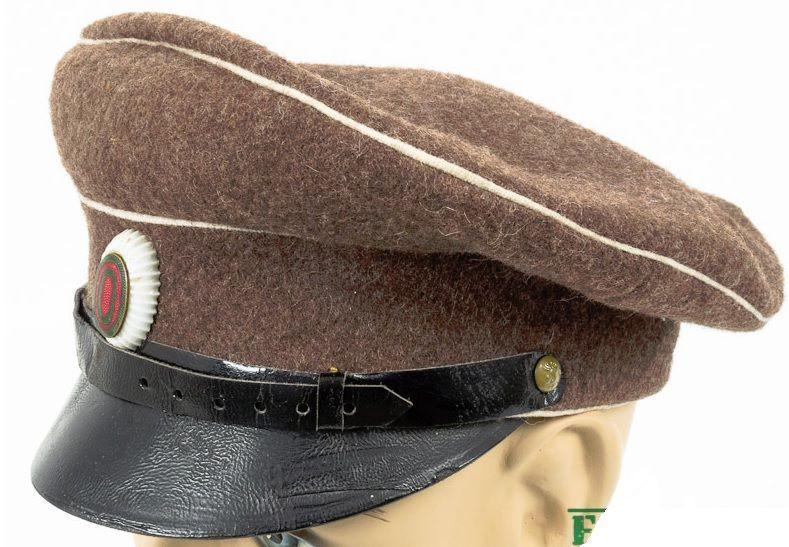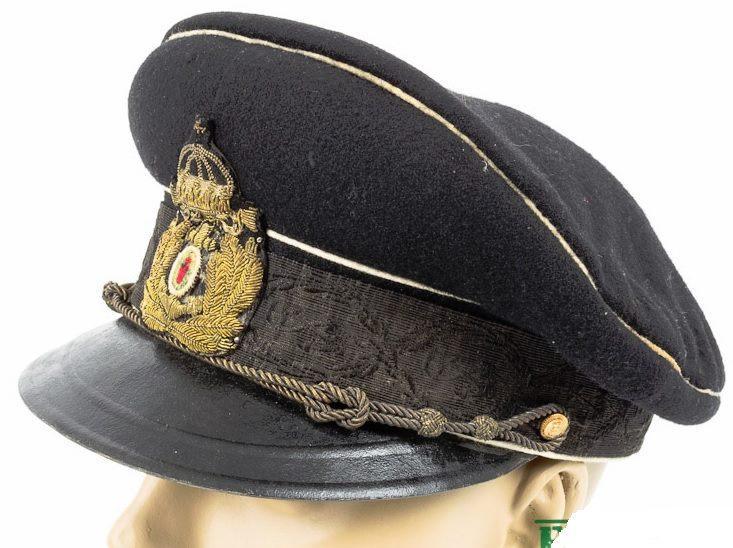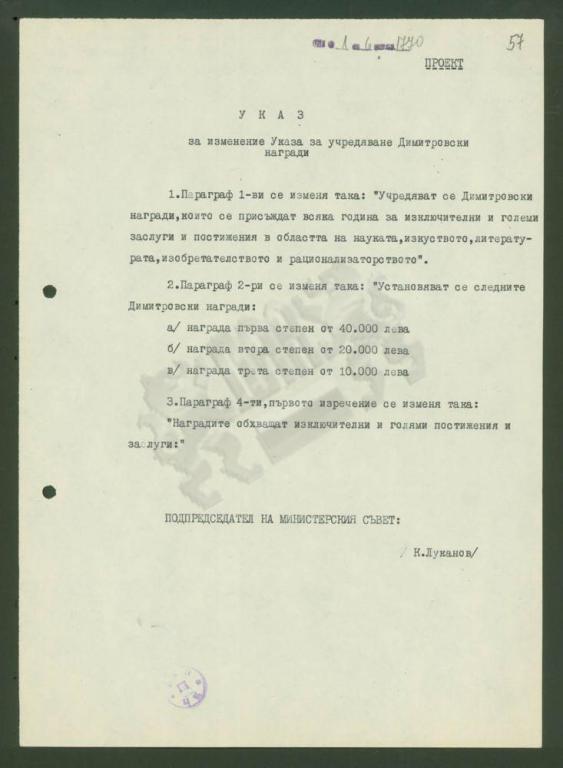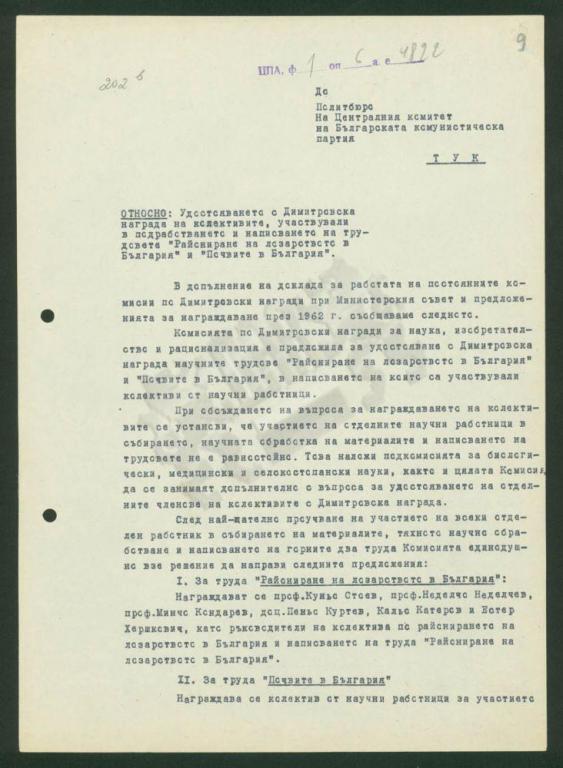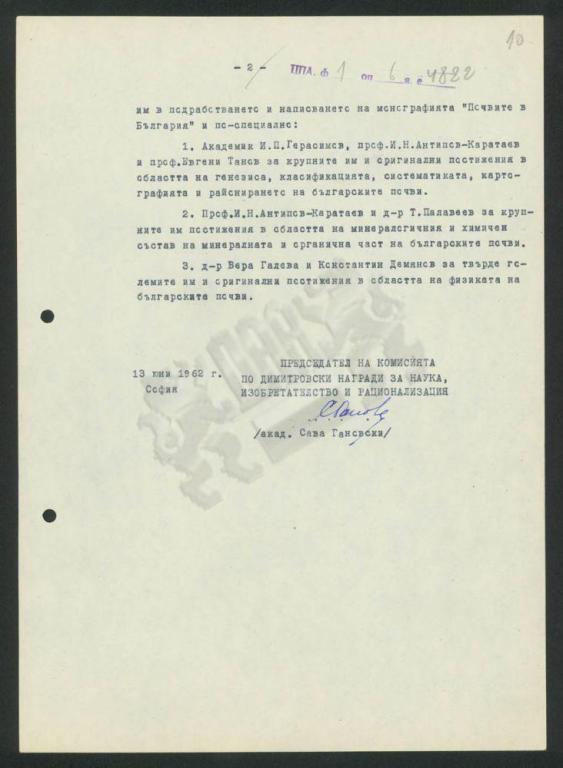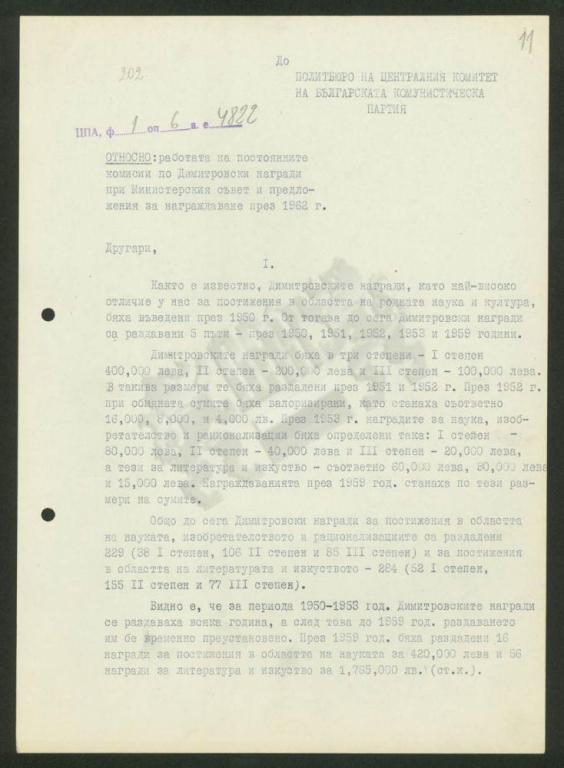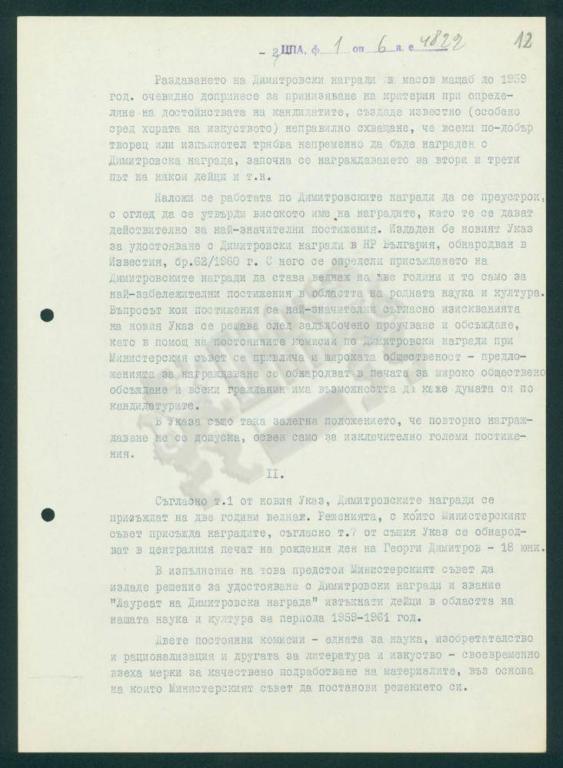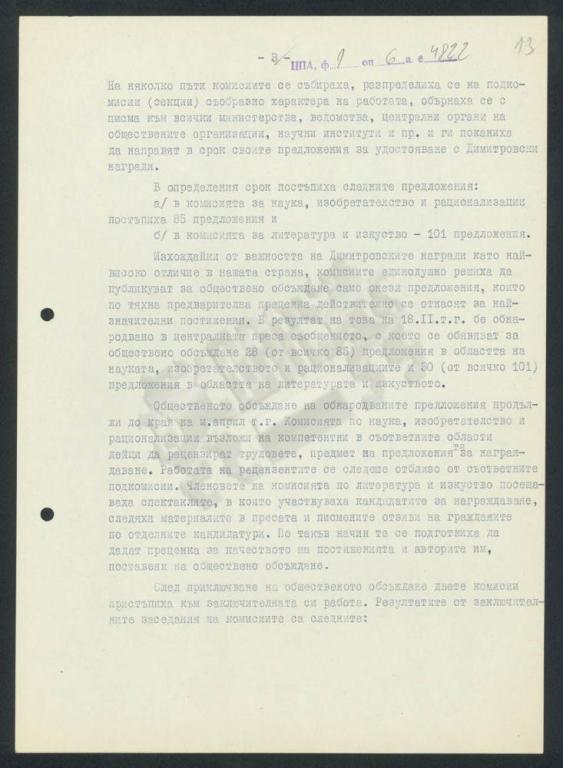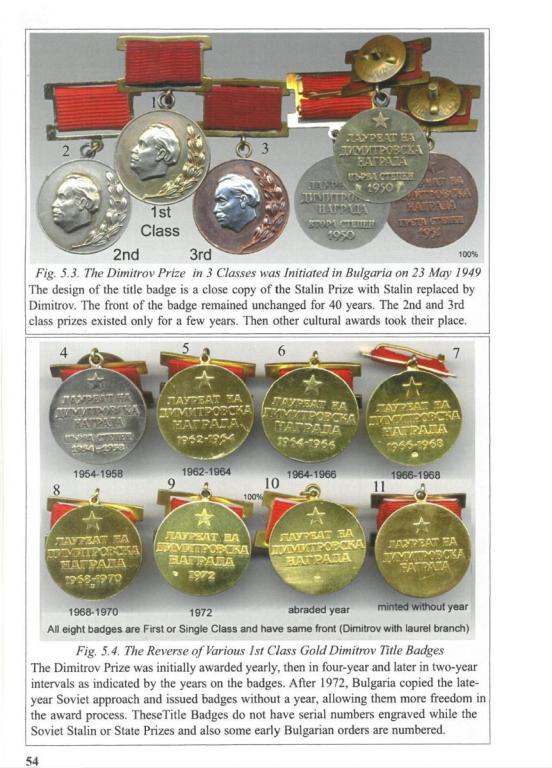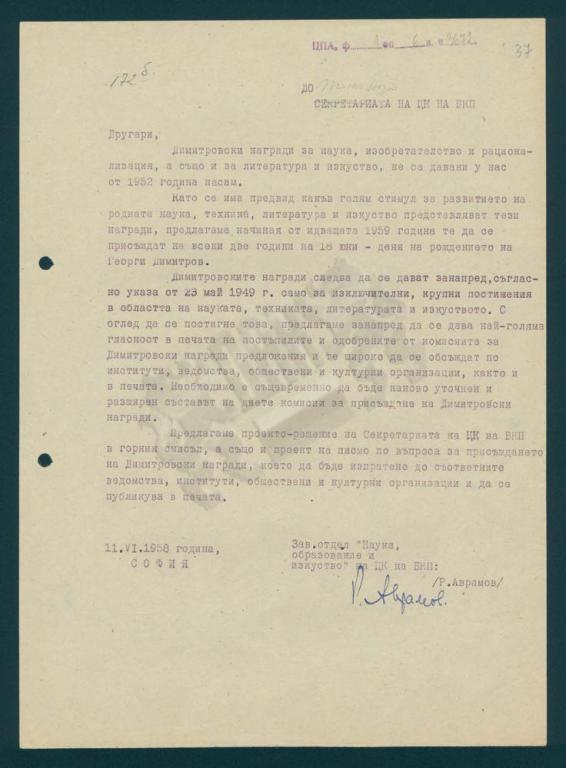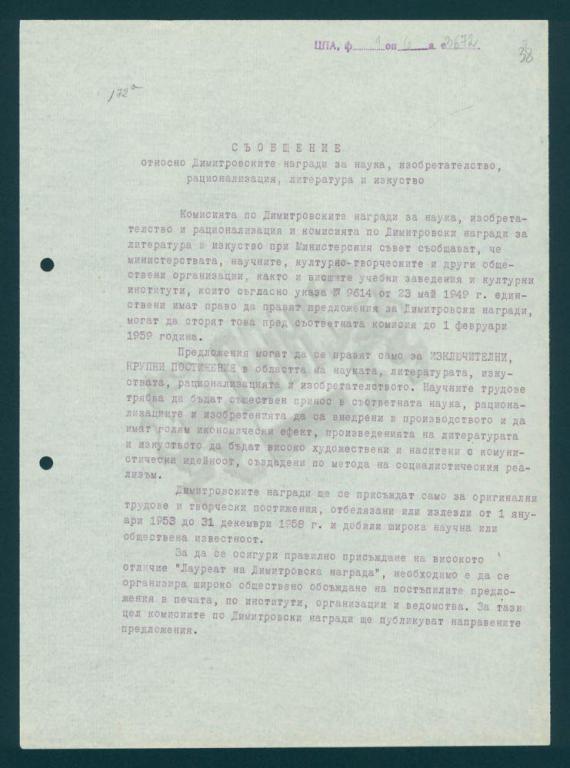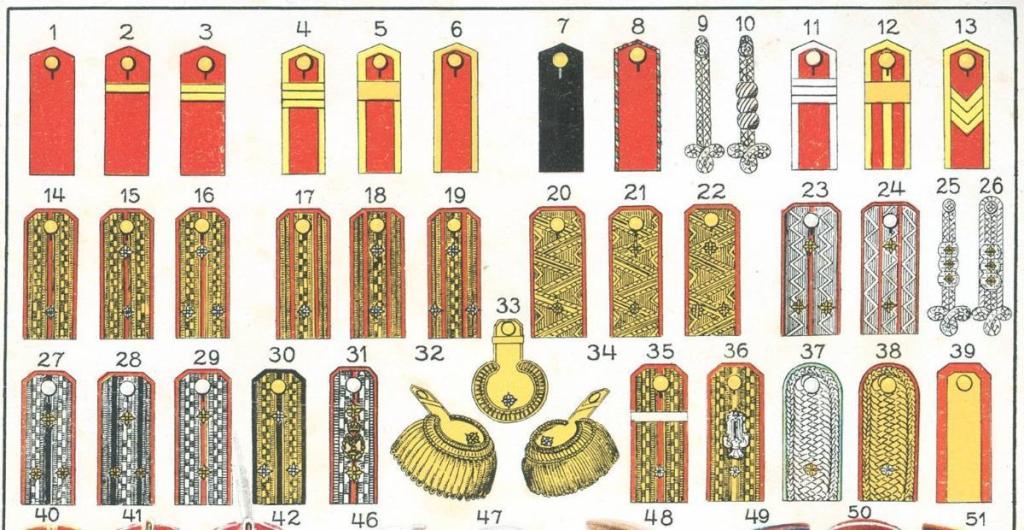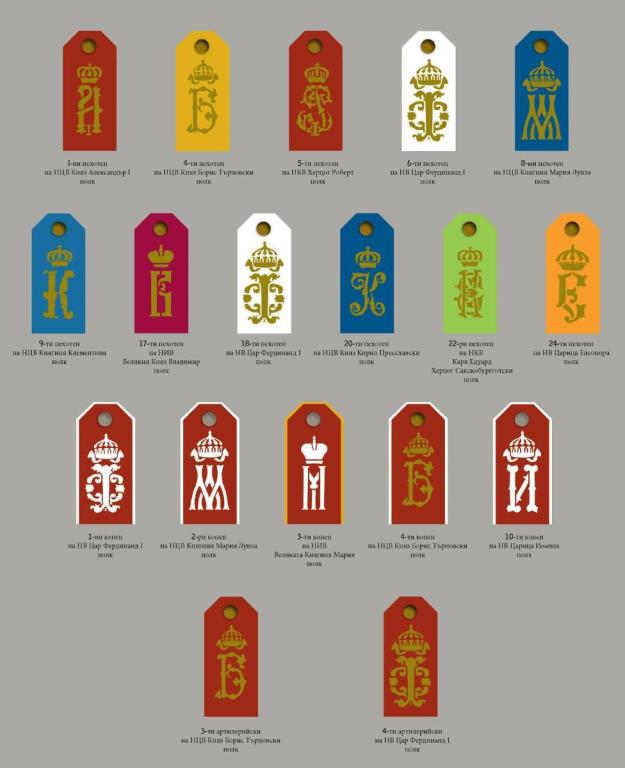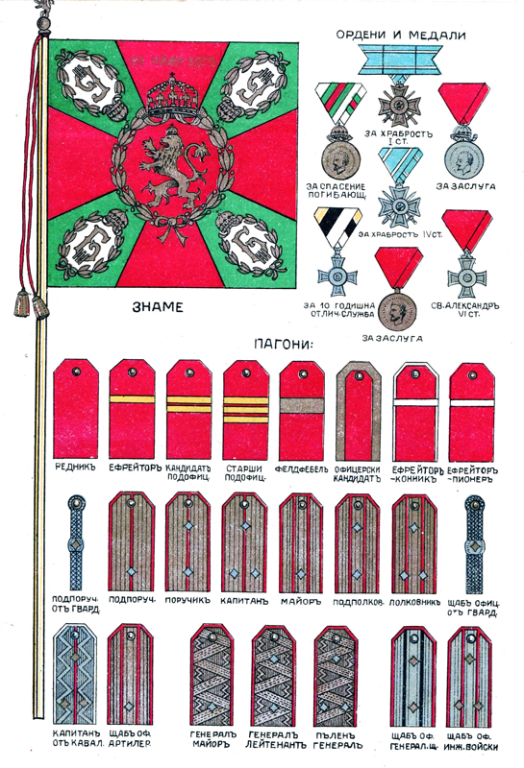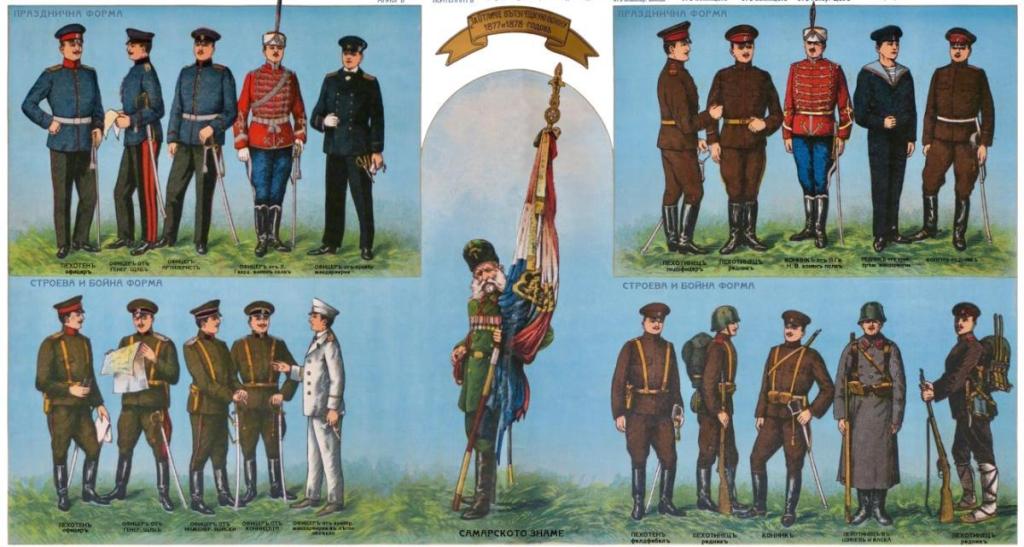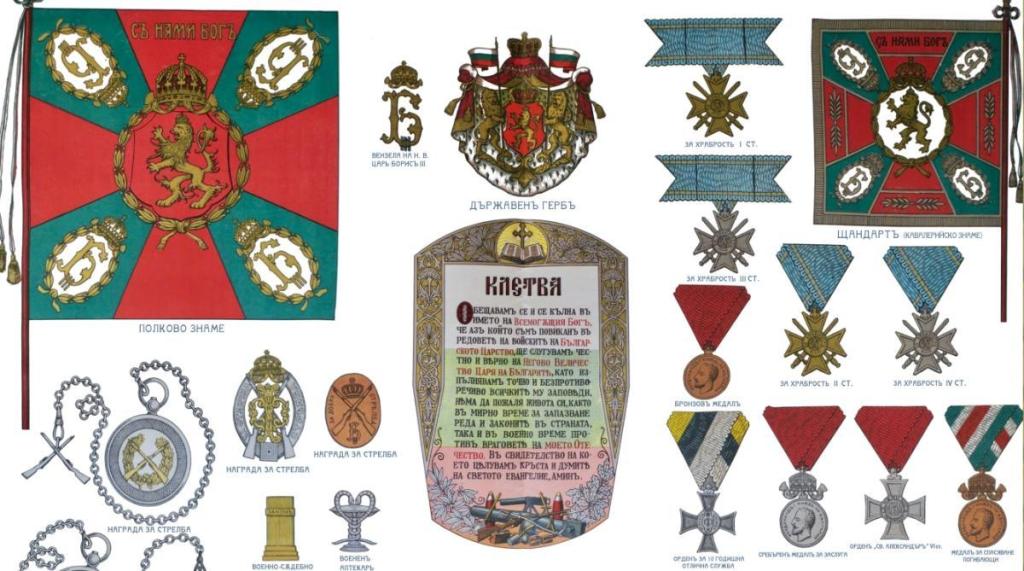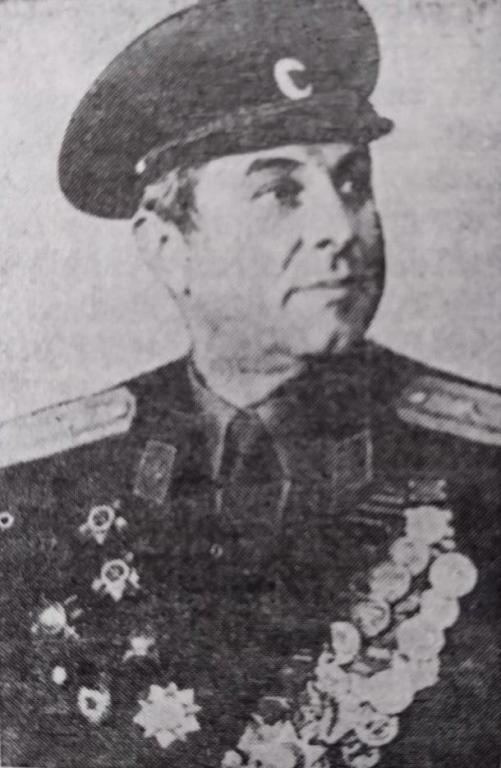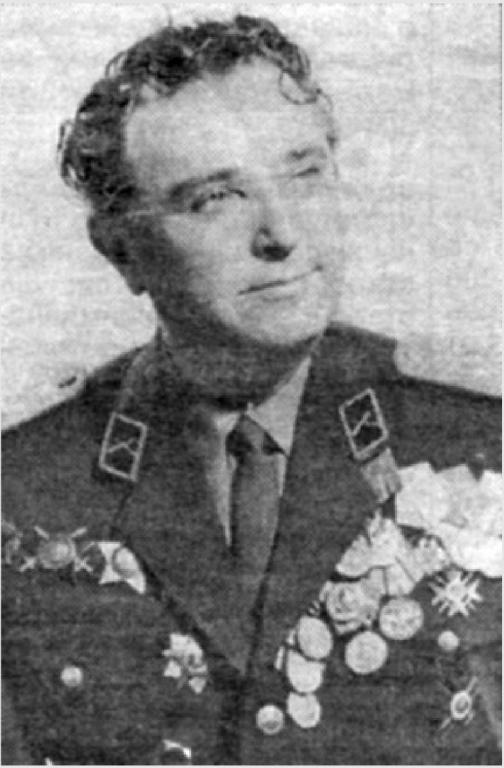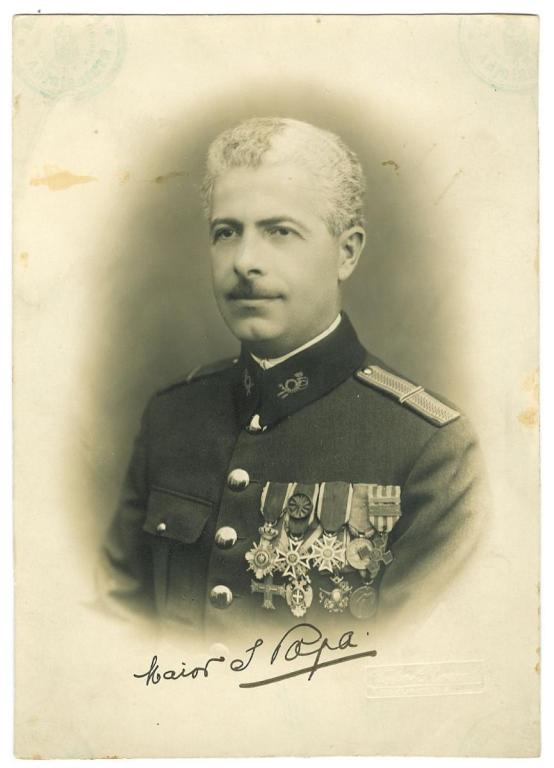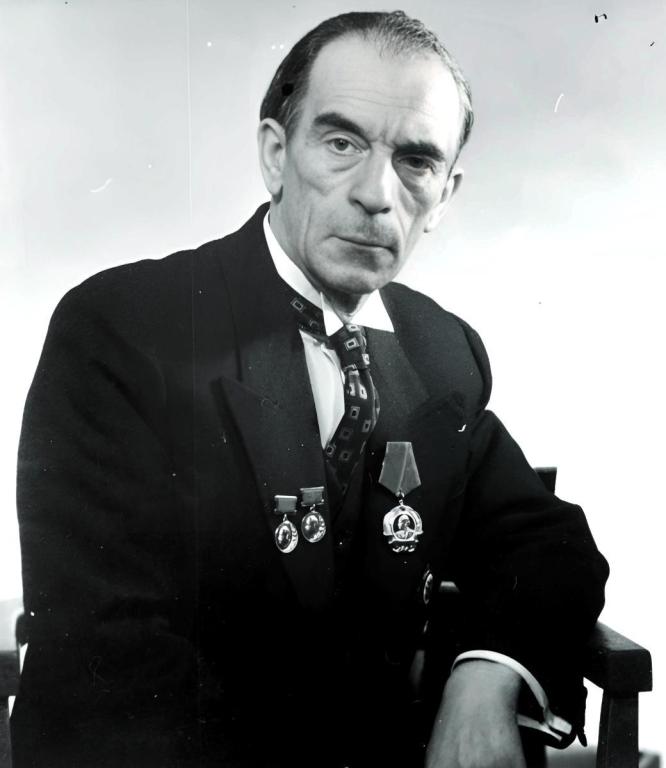
steveBobby
Active Contributor-
Posts
126 -
Joined
-
Last visited
-
Days Won
2
Content Type
Profiles
Forums
Blogs
Gallery
Events
Store
Everything posted by steveBobby
-
Judging from the uniform, medals and facial features, this is indeed General Nikola Nikolov Hadzhipetkov,But the contours of the ears are somewhat different.And whether he is wearing a graduation certificate from the War College? It can be seen that in the photo of the general below, he is not wearing. Sincerely Setve
-
Regarding the general in photo No. 5, I think he is Lieutenant General Nikola Markov Totev(Генерал-лейтенант Никола Марков Тотев (1888-1974)).And the rewards he received are also consistent.I will attach a photo of the general below. Sincerely Steve I can't make a very accurate guess about the general in photo No. 2. Because only the side of his face is shown. All I can say is that I guess he is Major General Vasil Tsankov Balarev(Генерал-майор Васил Цанков Баларев).
-
first row:1.Workers and Peasants' Rule Comm. Medal;2.Order of Labor or Order of the Red Star;3 and 4.Dist. Service Order; second row:1,2,3.Medal of Service,4.Medal for Service to the Country - gold third row:1, 2,3,4.defense service medal(for 35years/30years/25years/20years); fourth row:1.Distinguished Labor Decoration;2.Hungarian Communist Youth Council Medal of Merit
-
The uniform of a Hungarian People's Army tank corps colonel, The colonel holds two school graduation badges. One without an inscription indicates that he graduated from the Military Academy (the interior contains the civil education section,known in Hungarian as Katonai Akadémia Polgári végzettséget igazolós jelvény),Another badge with an inscription indicating that he graduated from the Miklós Zlini Military Academy.
-
Hungary Hungarian Post War Parachute Badges
steveBobby replied to Gordon Craig's topic in Central & Eastern European States
I would like to share a related article that I found earlier. Although I am not proficient in Hungarian, I am still very interested in the awards from the President Tildy or Rákosi regime. At the same time, I also have a question. I have not found any information about this parachute badges. But I found a picture of the wearer. I hope I can find the answer here. Sincerely Steve -
Interesting photographs of decorated people
steveBobby replied to ilieff's topic in Central & Eastern European States
-
International Botev Prize Laureate
steveBobby replied to Graf's topic in Central & Eastern European States
The first time I saw a box with a reward name. A rare example! What a perfect collection Graf! -
Interesting photographs of decorated people
steveBobby replied to ilieff's topic in Central & Eastern European States
-
Interesting photographs of decorated people
steveBobby replied to ilieff's topic in Central & Eastern European States
-
Order of the Crown with Swords
steveBobby replied to LuckySlevin's topic in Central & Eastern European States
I think this is due to the manufacturers, different manufacturers have their own ideas about where to place the sword. Such as Made by french manufacturer “Lemaitre” ,The swords are placed in the back position. Sincerely Steve in the back position -
-
-
Very early and rare Document for the Dimitrov Prize
steveBobby replied to Graf's topic in Central & Eastern European States
Hi Garf!url here:https://politburo.archives.bg/ I found a lot of interesting files in it, if there are corresponding topics, I will attach them under those topics. I will continue to attach a document on Dimitrov's bonus in this thread. Minutes of the Politburo Meeting No. 43 of the Communist Party of Bulgaria on March 24, 1953 The Council of Ministers submits a bill on amending the statute for granting the Dimitrov Prize Decree on the Amendment of the Statute of Prizes Awarded to Dimitrov 1. The first paragraph is amended to read: "The Dimitrov Prize shall be established to honor annually special and great achievements and achievements in the fields of science, art, literature, invention and rationalization". 2. Paragraph 2 is amended as follows: "The following Dimitrov bonuses shall be established: first-level Dimitrov bonus (reward of 40,000 levs), second-level Dimitrov bonus (reward of 20,000 levs), third-level Dimitrov bonus (reward 10000 lev). 3. The first sentence of paragraph 4 is amended to read: "The scope of rewards includes outstanding and huge achievements and achievements." June 14, 1962 Resolution on awarding the Dimitrov Prize for 1962 About: The Dimitrov Prize was awarded to the research group that participated in the drafting and writing of the papers "Bulgarian Viticultural Areas" and "Bulgarian Soils". In addition to the report of the Council of Ministers on the work of the Dimitrov Prize Committee and the proposal for the prize for 1962, we report the following: Science, Invention and Rationalization The Dimitrov Prize Committee recommended the scientific works "Bulgarian Viticultural Areas" and "Bulgarian Soils" collectively written by scientists. In the discussion of the issue of collective rewards, it was found that the participation of individual researchers in data collection, scientific processing, and paper writing was not equal. This requires the Subcommittee of Biological, Medical and Agricultural Sciences and the Committee as a whole to further address the issue of awarding Dimitrov prizes to individual members of the collective. After conducting the most detailed study of the involvement of each researcher in the collection, scientific analysis and writing of the above two papers, the committee unanimously decided to make the following recommendations: I. For the work on the thesis "Viticultural Areas of Bulgaria": Prof. Kuns Stoev, Prof. Nedelcho Nedelchev, Prof. Minche Kondarev, Associate Prof. Pens Kurtev, Kals Katerov and Ester Herikovich, who headed the thesis team and wrote the main body of the thesis, should be Personally awarded Dimitrov Prize. II. For the writing work of the thesis "Bulgarian Soils", a group of scientific workers was awarded for their participation in the elaboration and writing of the writing "Bulgarian Soils", in particular: 1. Major and original achievements of Academicians I.P. Gerasimov, Prof. I.N. Antipsa-Karataev and Professor Evgeni Tanov in the field of origin, taxonomy, systematics, cartography and zonation of Bulgarian soils. 2. Major achievements of Prof. Antipov-Karataev and Dr. T. Palaveev in the field of mineralogy and chemical composition of mineral and organic fractions of Bulgarian soils. 3. The great and original achievements of Dr. Vera Galeva and Dr. Konstantin Demyanov in the field of soil physics in Bulgaria. June 13, 1962 Sofia Re: Work and Award Proposals of the Dimitrov Prize Committee at the 1968 Council of Ministers 1. As we all know, the Dimitrov Prize is our country's highest honor for achievements in the fields of science and culture. It was awarded in 1950. Since then, the Dimitrov Prize has been awarded 5 times (1950, 1951, 1952, 1958 and 1959). There are three levels of Dimitrov prizes: 400,000 levs for the first level, 200,000 levs for the second level and 100,000 levs for the third level. These amounts were disbursed in 1951 and 1952 respectively. After 1952, the amount of rewards was assessed, and under the new currency system, 16,000 levs, 8,000 levs, and 4,000 levs were awarded respectively. In 1958, the committee adjusted as follows according to the actual situation: Awarded in the fields of science and invention: 80,000 levs for the first class, 40,000 levs for the second class, 20,000 levs for the third class Awarded in the fields of literature and art: 80,000 levs for the first class, 60,000 levs for the second class, 15,000 levs for the third class The Dimitrov Prize awarded in 1959 was based on these amounts As of 1962, a total of 229 Dimitrov Prizes were awarded in the fields of science and invention (38 first-class, 106 second-class, 85 third-class), and 284 Dimitrov prizes were awarded in the fields of literature and art Bonuses (52 people for the first level, 155 people for the second level, and 77 people for the third level). It can be seen that from 1950 to 1953, the Dimitrov Prize was awarded every year, and thereafter it was suspended until 1959. In 1959, 16 Dimitrov prizes worth 420,000 levs were awarded in the field of scientific achievements; 56 Dimitrov prizes worth 1.765 million levs were awarded in the fields of literature and art. Until 1959, the large-scale awarding of the Dimitrov Prize apparently led to a lowering of the standard for determining recipients, creating a certain (especially among artists) misunderstanding that any better creator or finisher had to Received Dimitrov prizes, (in particular began to award second and third Dimitrov prizes to some actors). It is necessary to reorganize the granting of Dimitrov prizes in order to confirm the lofty title of the awards, since they are actually awarded only to the most important achievements. According to the new decree No. 62 of the Bulgarian National Assembly in 1960 awarding Dimitrov a bonus. Accordingly, it was decided that the Dimitrov Prize should be awarded every two years and only for outstanding achievements in the field of Bulgarian science and culture. According to the requirements of the new decree, the question of which achievements are the most important is decided after in-depth study and discussion, with the help of the Standing Committee for the Dimitrov Award under the Council of Ministers, with the participation of the general public, and award proposals Published in the press for public discussion, every citizen has the opportunity to comment on the application. At the same time, Dimitrov's prize money will not be repeated, except for those who have made great achievements. 2. In accordance with item 1 of the new decree, the Dimitrov Prize will be awarded every two years. According to Article 7 of the same decree, the decision of the Council of Ministers to award awards is published in the State Gazette on Dimitrov's birthday (June 18). To this end, the Council of Ministers will soon issue a decision to award the Dimitrov Prize and the title of "Dimitrov Prize Laureate" to eminent figures in the field of science and culture of our country in the period 1959-1961. Two standing committees - one for science, invention and rationalization, the other for literature and the arts - quickly took steps to develop a qualitative elaboration of the material, on the basis of which the Council of Ministers would take its decisions. The committee held several meetings, divided into subcommittees (sections) according to the nature of the work, sent letters to all ministries, departments, central bodies of public organizations, scientific research institutes, etc., and invited them to make proposals for granting Dimitrov a prize. The following proposals were received within the specified deadlines: 1. The Committee for Science, Invention and Rationalization received 85 proposals, and 2. The Committee for Letters and Arts received 101 proposals. Given the importance of the Dimitrov Prize as the country's highest honor, the committee unanimously decided to publish for public discussion only those proposals that, in their preliminary judgment, actually involved the most important achievements. A summary of the results will be published in the State Gazette, openly discussing 28 proposals (out of 85) in the fields of science, invention and rationalization and 80 proposals in the field of literature and art (out of 101). Public discussions on the enacted proposals continued until the end of April this year. The Science, Invention and Rationalization Committee appoints competent members in their respective fields to review the award-winning works. The work of the reviewers is closely monitored by the relevant subcommittees. Members of the Cultural and Art Committee visited the performances of the award-winning candidates, and paid attention to news reports and written feedback from citizens on individual candidates. In this way, they are prepared to pass judgment on the quality of the output and to bring its authorship into public discussion. -
Very early and rare Document for the Dimitrov Prize
steveBobby replied to Graf's topic in Central & Eastern European States
I scanned the content of this page in the book I would also like to present some interesting documents that I found in the electronic archives of the Political Bureau of the Bulgarian Central Committee, some of which I found very interesting. Resolution No. 186 of the Politburo of the Communist Party of Bulgaria of July 17, 1958 Comrades: Since 1952, our state has not awarded Dimitrov prizes for merit or achievements in science, invention or rationalization initiatives, as well as in literature and art. Considering that the Dimitrov Prize is a great incentive for the development of science, technology, literature and art in our country. We propose that starting next year 1959, be awarded every two years on Comrade Dimitrov's birthday, June 18. According to the decree of May 23, 1949, the Dimitrov Prize was awarded only to persons who had achieved outstanding and significant achievements in the fields of science, technology, literature and art. In order to achieve this goal, we recommend that in the future the proposals received and approved by the Dimitrov Prize Review Committee be given maximum publicity in the media, and the decision on whether to award them should be made jointly by institutes, ministries, public and cultural organizations. At the same time it was necessary to redesignate and expand the composition of the Verification Commission in order to determine the appropriate candidates for awarding Dimitrov's bonus. 11.VI.1958, Sofia Head of the "Science, Education and Arts" Department of the Central Committee of the Communist Party of Bulgaria: /R.Avramov/ About awarding Dimitrov prizes in the fields of science, invention, rationalization, literature and art The Committee on Dimitrov Prizes in Science, Invention and Rationalization under the Council of Ministers Pursuant to Decree No. 9614 of May 23, 1949, proposals for awarding the Dimitrov Prize for 1959 were submitted to the relevant committees by February 1, 1959. According to the awarding statute, the Dimitrov Prize can only be awarded for outstanding, significant achievements or ideas in the fields of science, literature, art, rationalization and invention. Scientific works must make a significant contribution to the relevant sciences, rationalizations and inventions must be implemented in production and have a huge economic effect, literary and artistic works must be highly artistic and communist idealistic, created using the method of socialist realism. The Dimitrov Prize 1959 is awarded only to those original works and creative achievements published or produced between January 1, 1953 and December 31, 1958, which must have a wide reputation among the scientific community or the public . In order to ensure that the highest honor of "Dimitrov Prize Laureate" is correctly awarded, it is necessary to organize a wide-ranging public discussion of the proposals received by the media in institutions and departments. For this purpose, the Dimitrov Award Committee will publish the proposed proposals and the list of candidates. Although individuals cannot make recommendations about the Dimitrov Prize, they have the right to comment in the media on the quality, merit and non-advisory quality, merit of scientific and inventive works, literary works or works to be awarded the Dimitrov Prize and weaknesses. The scientific and literary works to be awarded must be printed and submitted in triplicate. The output of creativity and rationalization may also be typewritten in triplicate. Depending on the nature of the proposal, it should be accompanied by the necessary descriptions, sketches, drawings, official certificates, agreements, etc., as well as a short biography about the author and his activities. -
Thanks for your wonderful work! Because of the lack of systematic books, these pictures and scanned posters are very useful and precious to me! Sincerely Steve
-
My only regret is that I still lack a uniform collection of my own. LOL Screenshot of unknown text, I don't know where it came from
-
Interesting photographs of decorated people
steveBobby replied to ilieff's topic in Central & Eastern European States
While revisiting the books on the awards of the White Guards, I found that this ex-White Guards officer was wearing the sword version of the Order of St. Alexander awarded to him by the Bulgarian government. -
Maybe for useful information. and so on Although this is the era of the use of army colors and has entered the early days of socialist Bulgaria, but during this period of time it still retains the similar color selection of the army in the kingdom period, which has certain reference significance. The file size of this scanned poster doesn't allow me to upload it all on the forum, I have to upload it separately. Sorry I couldn't find a clearer image about this. Most of the text remains invisible.
-
Interesting photographs of decorated people
steveBobby replied to ilieff's topic in Central & Eastern European States
-
Order of the Crown with Swords
steveBobby replied to LuckySlevin's topic in Central & Eastern European States
I'm not quite sure how these things happened in the photo. But This appears to be due to damage which resulted in the loss of one side of the sword decoration. On the other side, there is a crooked sword decoration. -
Interesting photographs of decorated people
steveBobby replied to ilieff's topic in Central & Eastern European States
Hi Gtaf!I'm sorry that I didn't reply you in time. but as BalkanCollector said, The famous man's name is indeed Konstantin Kisimov. I will attach a other picture of him.

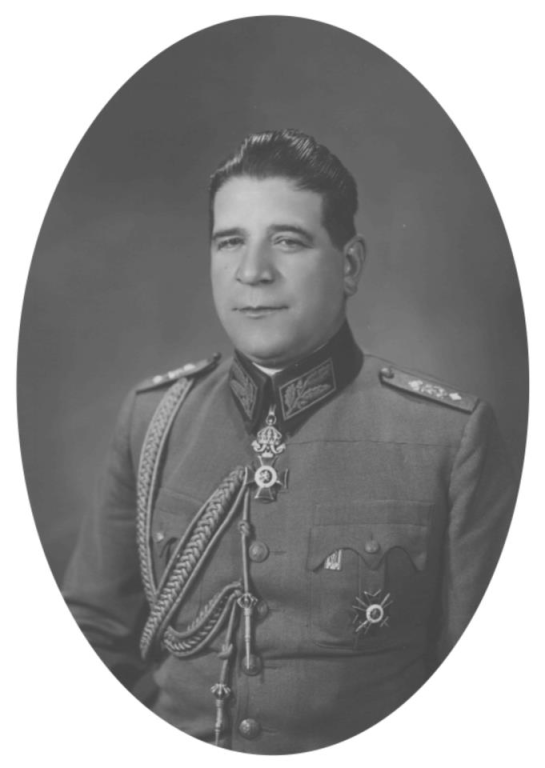
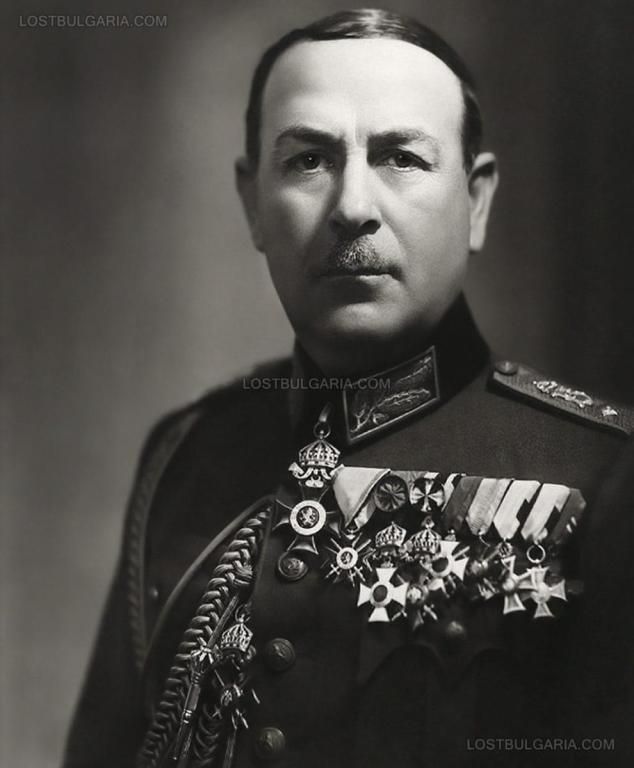

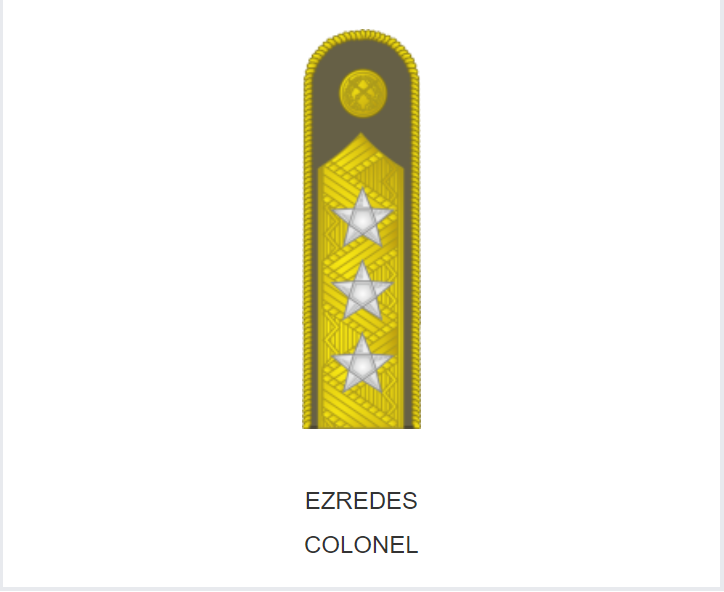
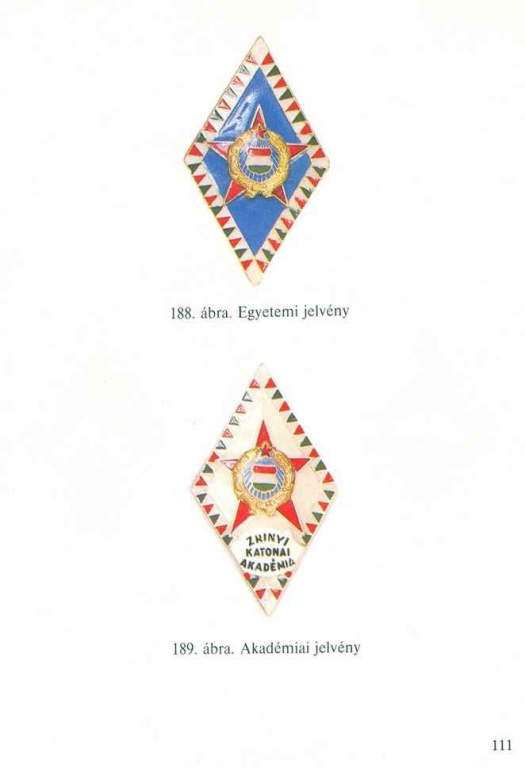


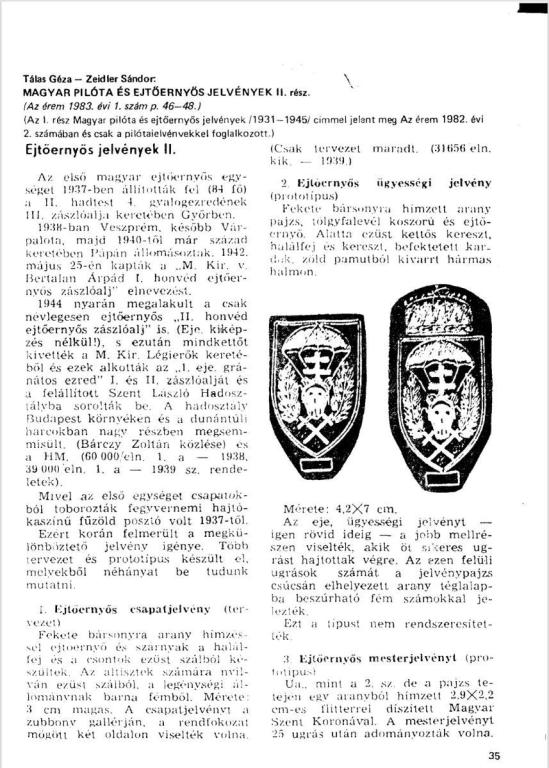
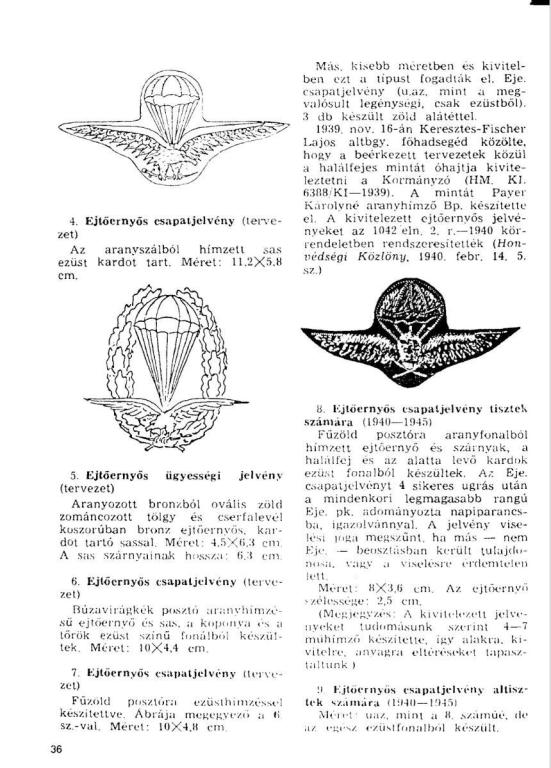

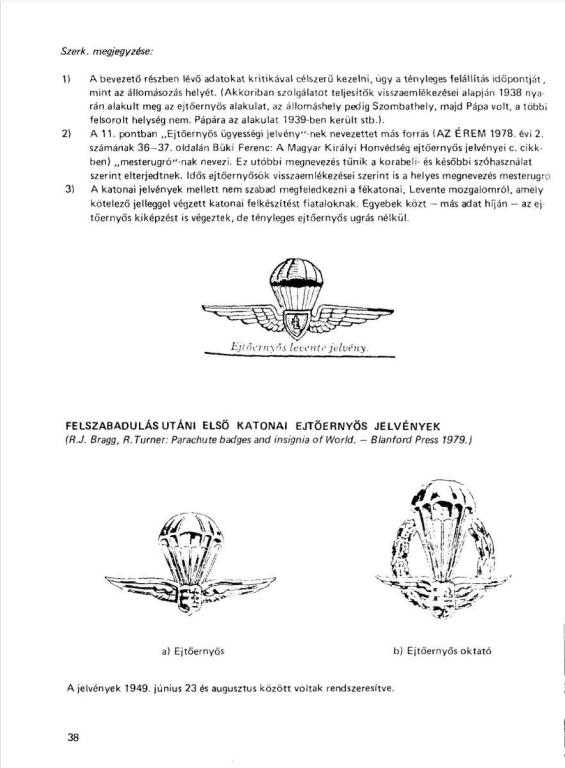
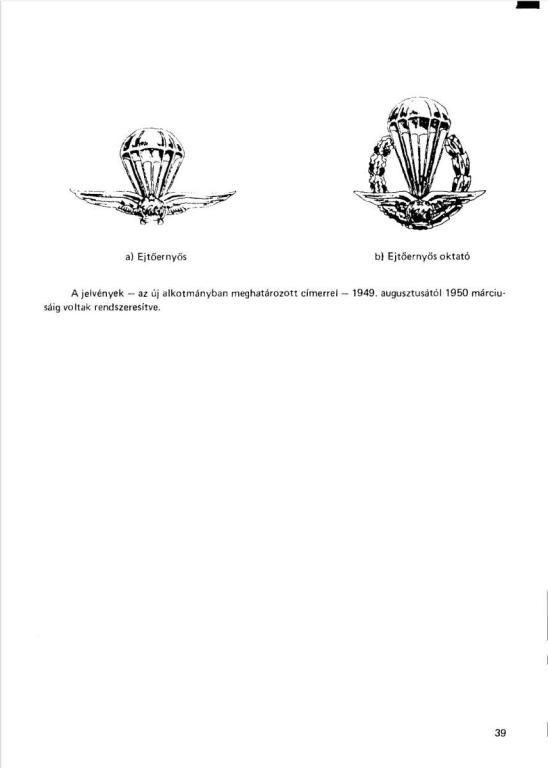
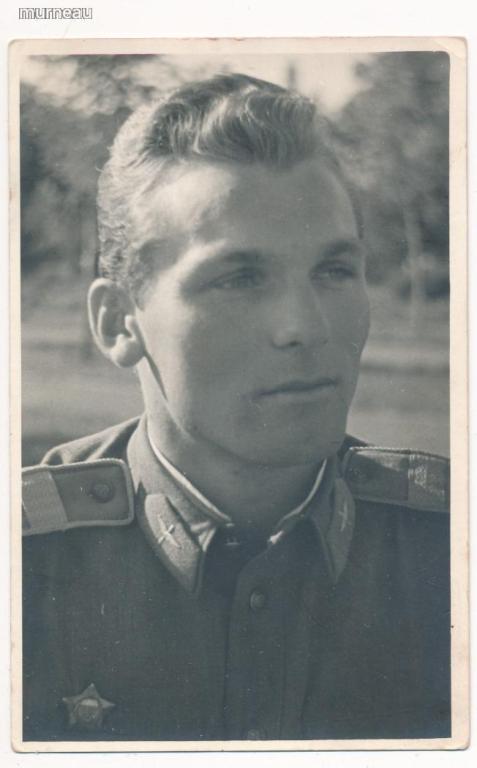
.thumb.png.abf8a365b9f2ca42d28bfcf2e70d352f.png)
